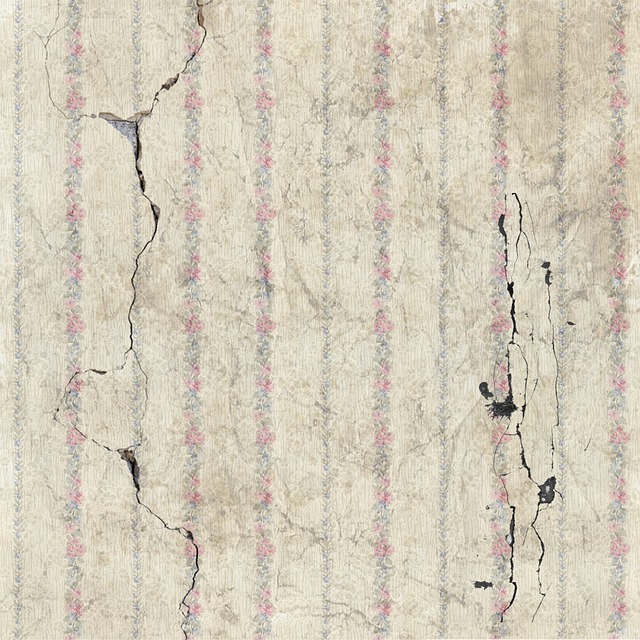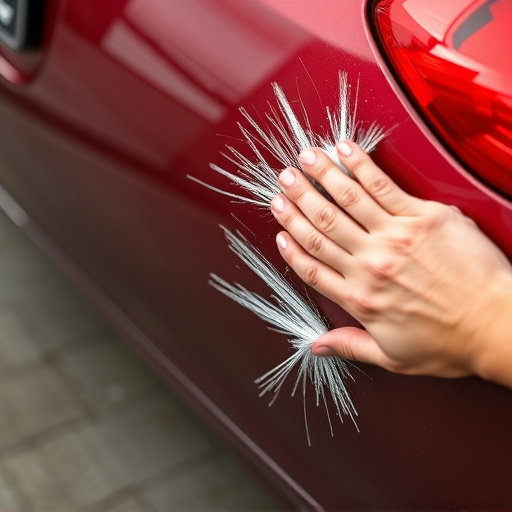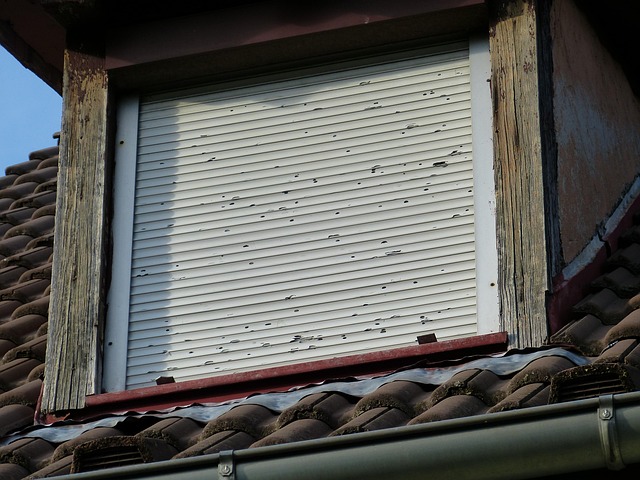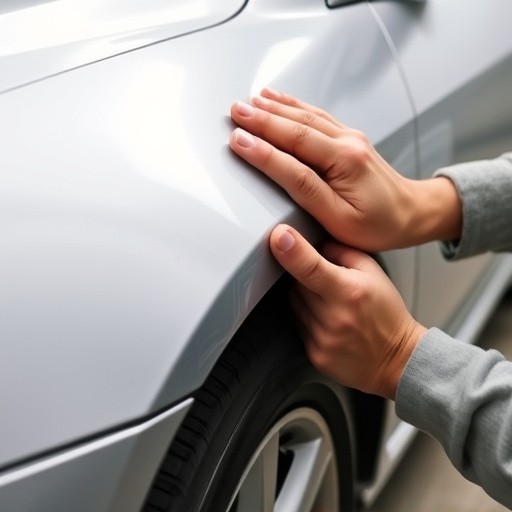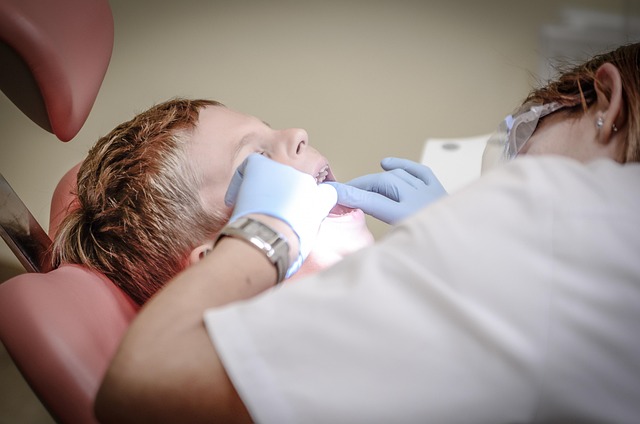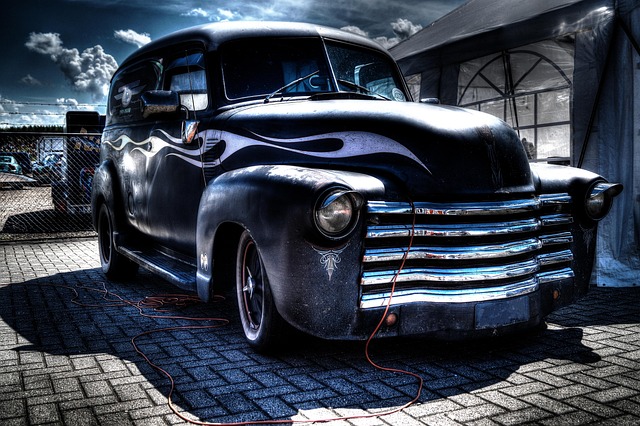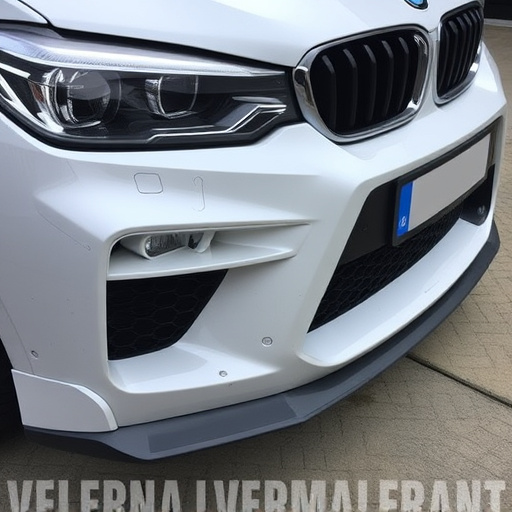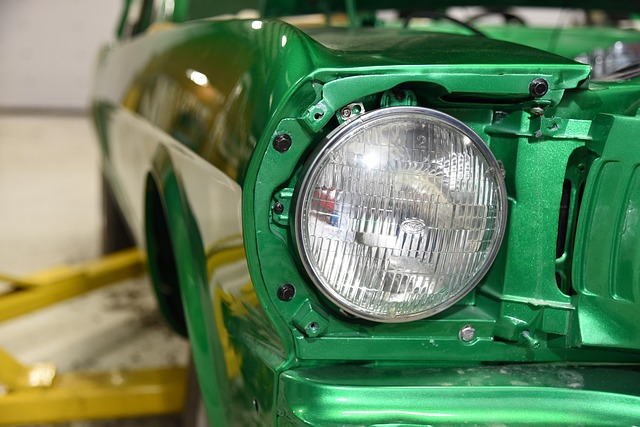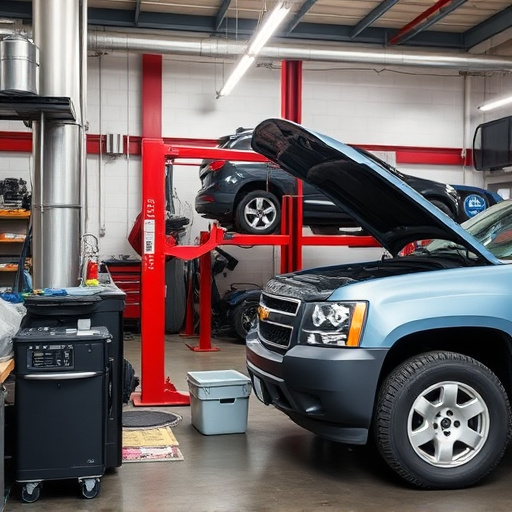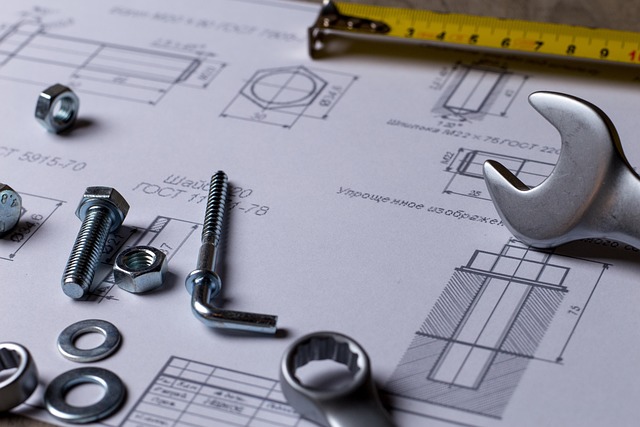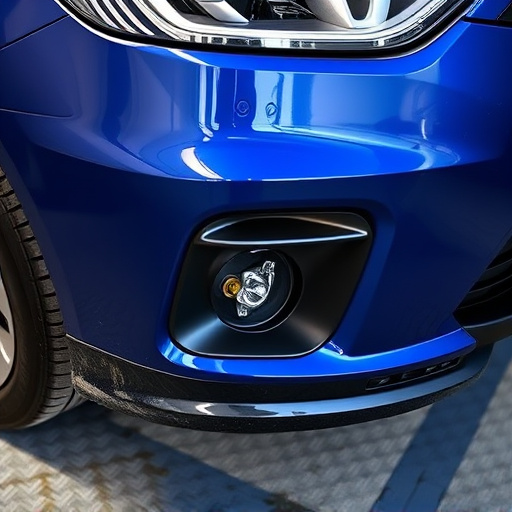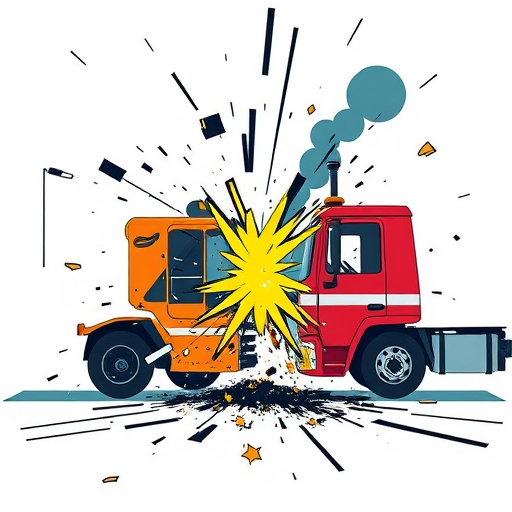Plasma cutting has emerged as a game-changer in collision repair, offering precise and efficient metal cutting compared to traditional torch methods. This innovative process uses ionized gas to cut through metal quickly and accurately, ideal for complex panel contours and tight spaces. By automating the cutting process, plasma cutting minimizes damage to surrounding areas and preserves vehicle aesthetics, facilitating clean cuts, faster turnaround times, and higher-quality results in auto painting and body work. While torches remain cost-effective and offer control, they struggle with precision and speed, especially for intricate restoration work, where plasma cutting excels due to its minimal heat input.
In the realm of collision repair, efficient metal fabrication techniques are paramount. This article delves into two prominent methods: plasma cutting and the traditional torch cutting. Plasma cutting, a modern game-changer in the industry, offers precision and speed, while the torch method has been the standard for decades. We explore their unique advantages and limitations, providing a comprehensive comparison to help collision repair shops choose the optimal technique for various projects, ensuring efficient and effective metal fabrication.
- Understanding Plasma Cutting in Collision Repair
- The Traditional Torch Method: Advantages and Disadvantages
- Plasma Cutting vs. Torch: A Comprehensive Comparison
Understanding Plasma Cutting in Collision Repair

Plasma cutting has emerged as a game-changer in collision repair, offering precision and efficiency that traditional torch methods struggle to match. This innovative technique utilizes a high-velocity stream of ionized gas to cut through metal with remarkable speed and accuracy. In the context of collision repair, plasma cutting is particularly beneficial for intricate cuts, especially when dealing with vehicle body shop challenges like complex panel contours or tight spaces.
Unlike manual torch cutting, which can be labor-intensive and prone to errors, plasma cutting automates the process, reducing the risk of damage to surrounding areas. This precision is crucial in preserving the aesthetics of vehicles undergoing repair, whether it’s a simple dent repair or more extensive body work. The technique enables auto painting professionals to achieve clean cuts, facilitating faster turnaround times and higher-quality results in vehicle body shops.
The Traditional Torch Method: Advantages and Disadvantages

The Traditional Torch Method has been a staple in collision repair for decades. This technique involves using a handheld torch to heat and melt metal, allowing for precise cuts and shaping. One of its primary advantages is cost-effectiveness; torches are relatively inexpensive to purchase and maintain, making them accessible to many auto body shops, even small, local businesses. Additionally, the torch method offers control and flexibility, as skilled technicians can navigate complex shapes and contours with ease.
However, there are disadvantages to this traditional approach. Torch cutting generates significant heat, which can lead to warping or distortion of metal panels, especially in thicker materials. This can be problematic for vehicle restoration projects that require intricate and accurate cuts. Moreover, the process produces a considerable amount of sparks, smoke, and noise, creating a less than ideal work environment, particularly in an already crowded and hot auto repair shop. Compared to modern alternatives like plasma cutting, torches may also fall short in terms of precision and speed for certain automotive repair tasks.
Plasma Cutting vs. Torch: A Comprehensive Comparison

Plasma cutting and torch methods represent two distinct approaches within collision repair, each with its own unique advantages and applications. Plasma cutting involves using a high-pressure stream of ionized gas to precisely cut through materials, offering unparalleled accuracy and control. This method is particularly favored in car body restoration projects due to its ability to cut complex shapes and intricate designs without damaging surrounding surfaces. Plasma cutting also minimizes heat input, reducing the risk of warping or distorting metal, which makes it ideal for preserving the original integrity of auto body work.
In contrast, torch methods rely on a burning gas flame to melt and cut through metal. While torches are versatile and suitable for a wide range of materials, they lack the precision of plasma cutters. Torch cutting is often employed for more straightforward auto glass repair tasks or when rapid material removal is required. However, due to their higher heat output, torches can introduce heat-related distortion in auto body work, making plasma cutting the preferred choice for detailed and delicate repairs where maintaining the car’s original aesthetics is paramount.
In comparing plasma cutting and torch methods for collision repair, plasma cutting emerges as a more versatile, efficient, and precise option. Its ability to cut through various materials with minimal heat input reduces the risk of damage to surrounding components. While the traditional torch method has its advantages, the advancements in plasma technology make it the game-changer in modern collision repair, offering faster turnaround times and enhanced accuracy.
